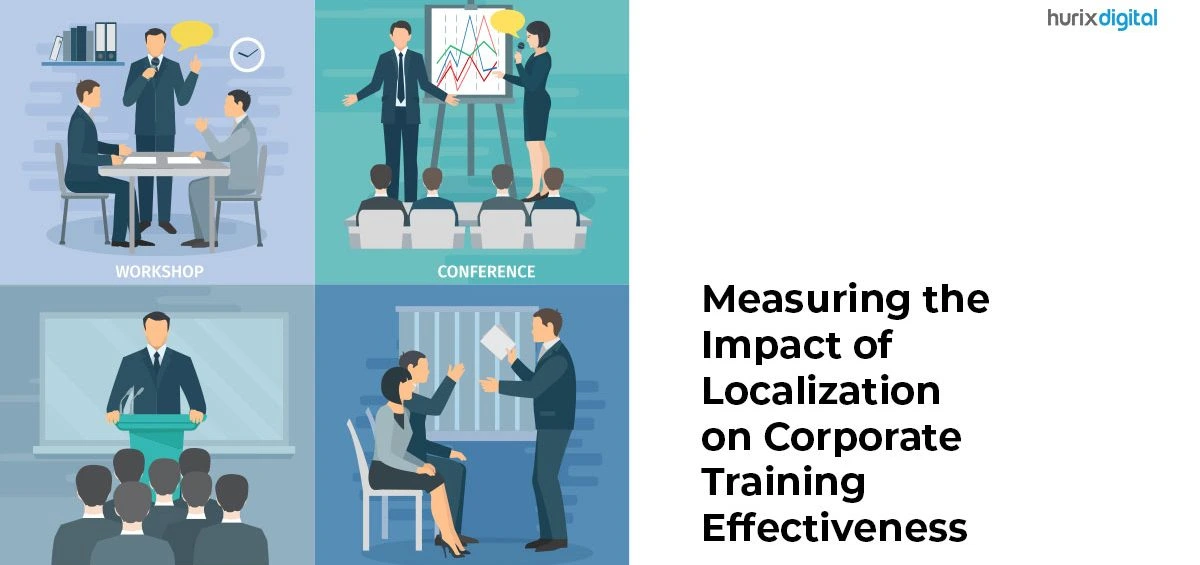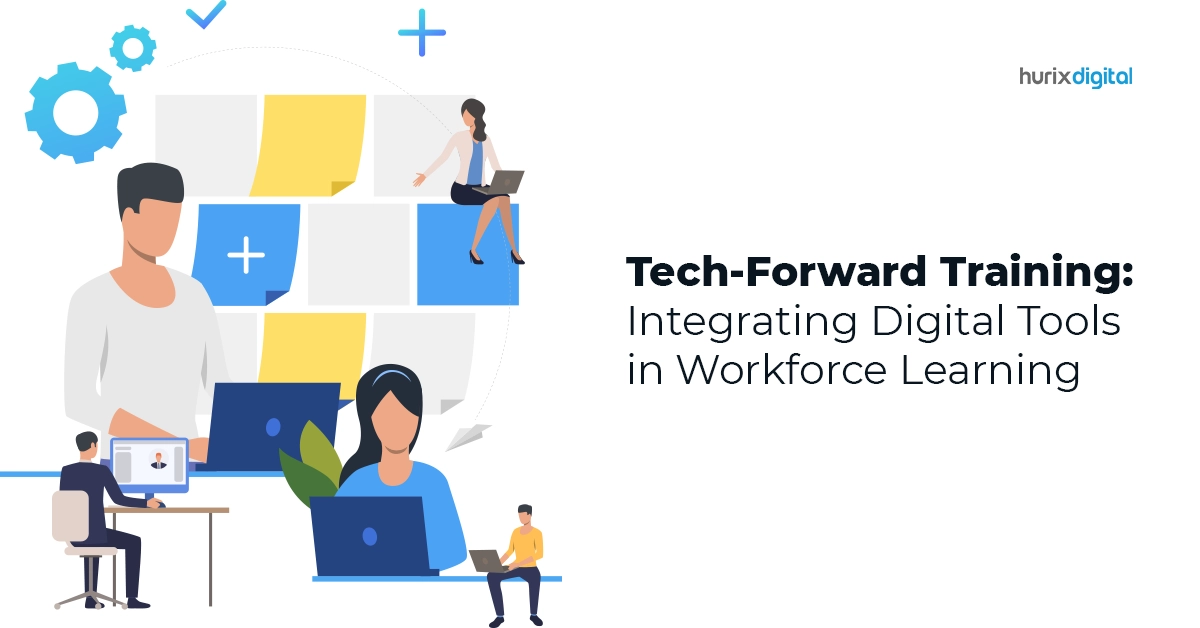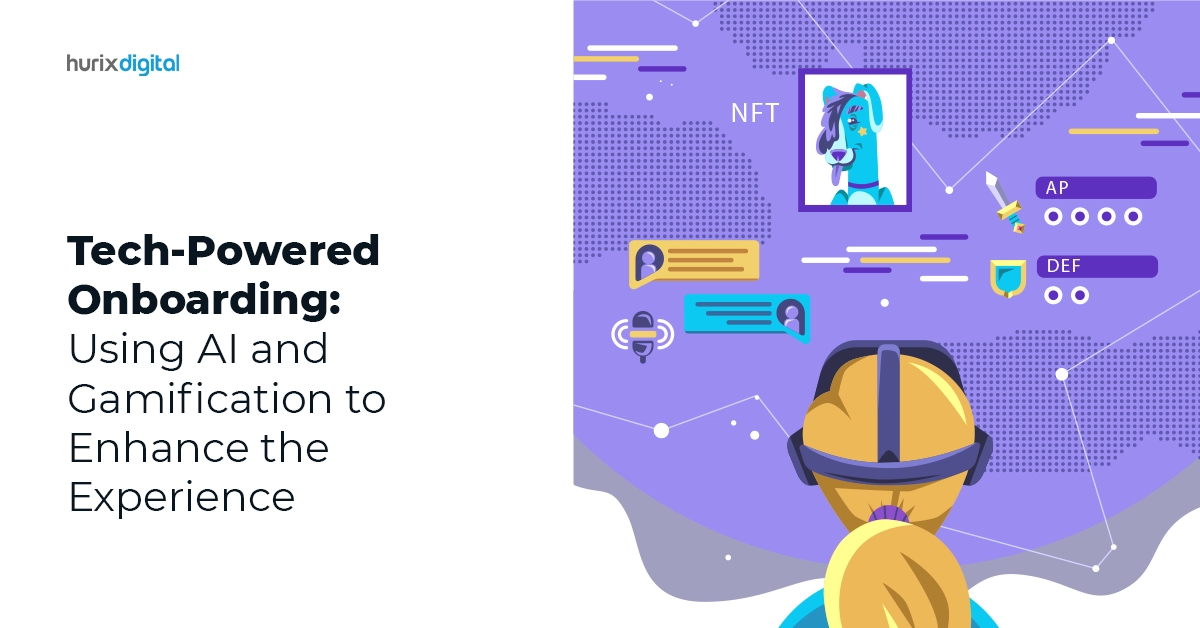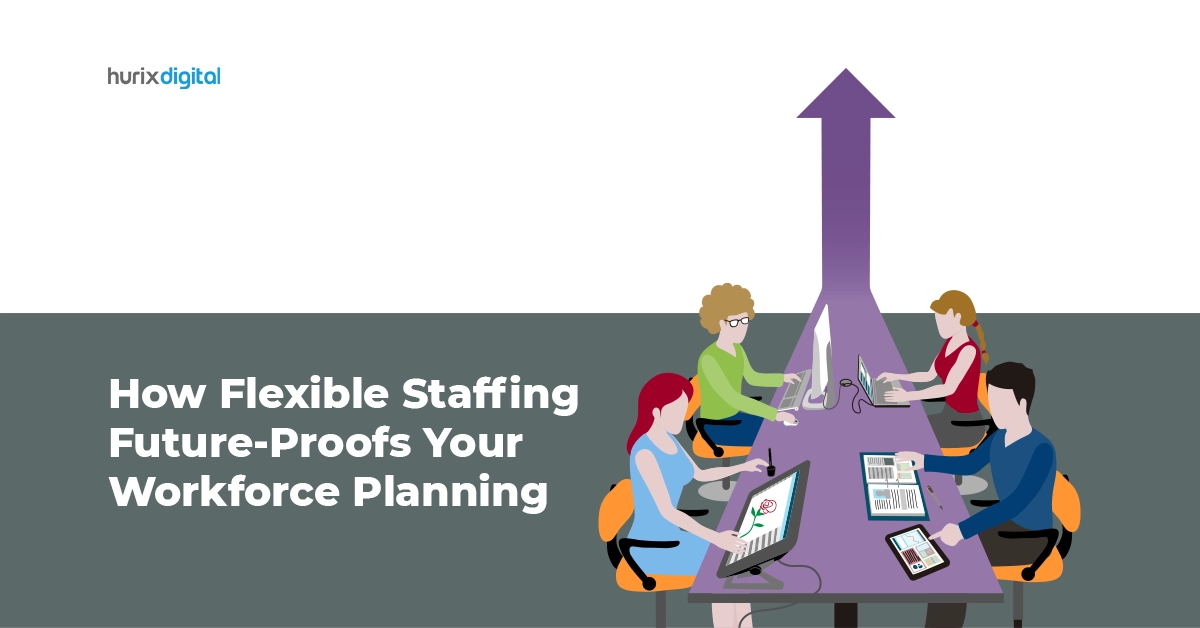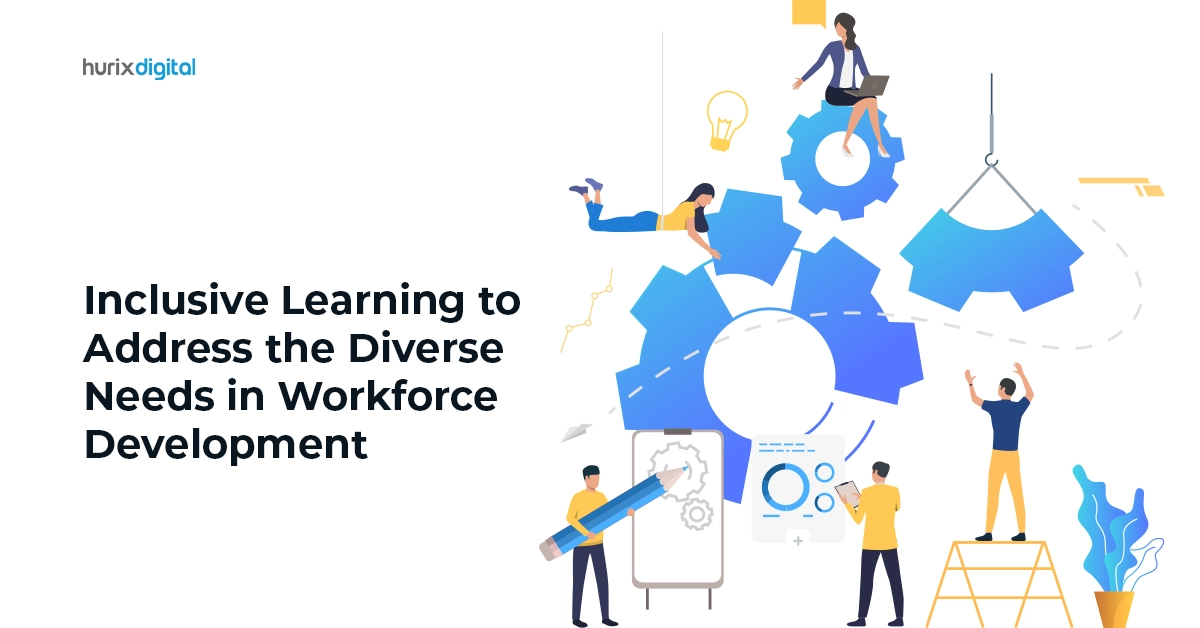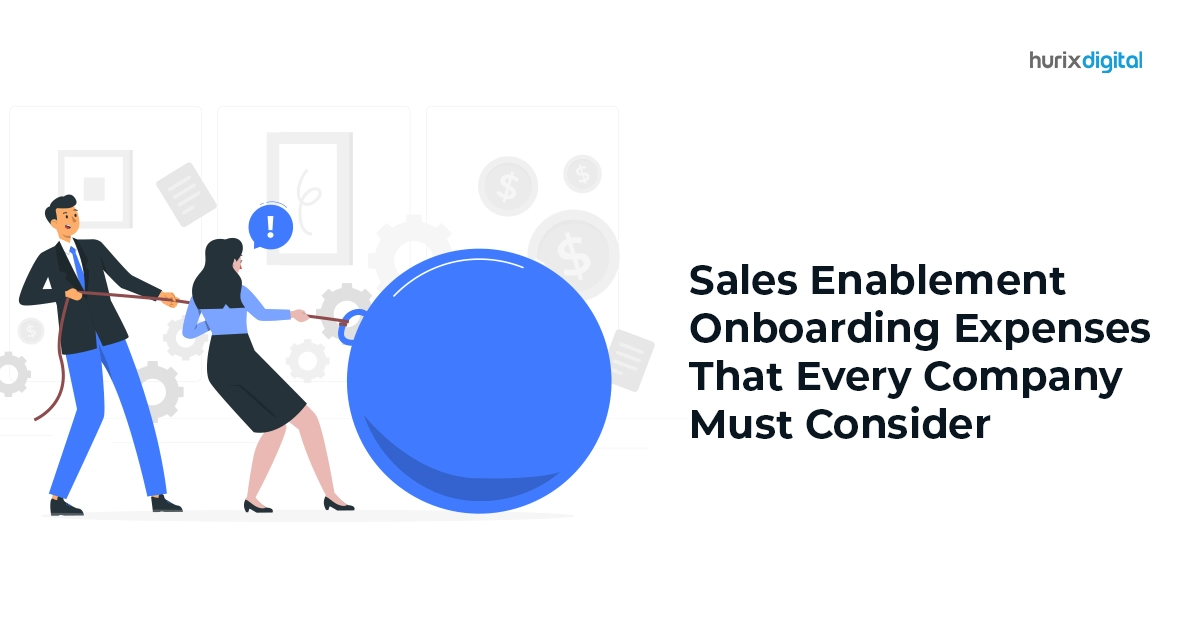Summary
This article provides a detailed overview of corporate training localization and how it can be assessed. It also provides the top benefits of localization and how it can be used to improve your training program.
Table of Contents:
- Introduction
- What Counts as Corporate Training Localization?
- Top Benefits of Using Corporate Training Localization
- Measuring Localization Impact on Corporate Training Success
- In Conclusion
Introduction
With digital technology taking over, the world is becoming smaller by the minute. In 2020 alone, the rate of average globalization reached 61.65 points.
Nowadays, global companies can expand their reach to several nations with local talent. Companies can access skilled individuals familiar with the local culture, language, and ways of conducting business.
However, corporate training localization has become a need among multinational firms to incorporate new and existing employees within this global framework. The strategy allows businesses to adapt their training programs to account for the local nuances of a culture.
This localization impact makes all employees feel appreciated and increases their engagement. Although the practice has picked up globally, many companies still find it hard to conduct training evaluations.
Let’s understand how localized corporate training works and how its effectiveness can be assessed.
What Counts as Corporate Training Localization?
Corporate training localization refers to different localization strategies to help workers get acquainted with company policies and work ethics.
Such programs include materials like:
- Instruction guides
- Training manuals
- E-learning videos
- Reference for job aid
- Presentations
You should remember that the program’s content must be catered to the target audience. Thus, it should look authentic instead of a mere translation.
Also Read: Exploring the Latest Trends in Localization Technology
Top Benefits of Using Corporate Training Localization
From hiring diverse talent and integrating them efficiently within the workplace to establishing connections with the local population, corporate training localization proposes numerous advantages.
Take a look at some of the most prevalent ones:
1. Promotes Inclusivity and Diversity
An approach designed to teach local employees shows your dedication toward them. It shows the workers that you care for their growth and progress.
It creates inclusivity among peers and improves their learning outcomes. A localized training approach can also lead to employee longevity by exuding a sense of belonging.
94% of workers tend to hold their positions when employers participate in the learning process.
2. Better Learning Opportunity
Learning is the core of corporate training. Employees view training programs as constructive, with 75% showing a willingness to take courses recommended by their managers.
Investing time and resources in your employees’ training ensures they get the best learning opportunity. Learning something in the native language will help them grasp the concepts quickly and accurately.
Remember that translation and localization are pivotal in workforce learning under foreign pretexts.
3. Maintain Standardization and Accuracy
Maintaining the same product quality is crucial for globalized companies.
With localization strategies, companies can maintain the utmost corporate training effectiveness. The quicker your workers get acquainted with the processes, the quicker they can start and produce results.
It helps businesses to maintain the quality of their standards across multiple markets. Also, catering your product to a local audience can work wonders, as 76% of consumers prefer products with information in their native language.
4. Improves ROI on Localization
Well-trained employees can improve your ROI in the region. With proper training, they can enable:
- Better customer experience
- Consistent brand messaging
- Quick response to issues
- Better productivity
Also, increasing your team’s skillset will lead to more satisfied stakeholders, ultimately elevating the overall ROI.
Measuring Localization Impact on Corporate Training Success
Assessing the success of corporate training localization is challenging since it cannot be calculated in numbers alone.
It includes non-quantifiable factors, such as cultural integration and team synergy, that make training evaluation even trickier. However, it can be measured by focusing on some key points.
Here is how you can assess the corporate training effectiveness of your localized program:
1. Measure Defined KPIs
Start by setting Key Performance Indicators (KPIs), such as learner engagement, knowledge retention, and satisfaction.
By assessing these KPIs, you can evaluate the effectiveness of the training. Conduct a pre- and post-training assessment to get an objective comparison. It can be done via surveys and evaluating training completion and participation rates.
2. Undertake Performance Tests
One simple way of analyzing corporate training effectiveness is by comparing team members.
For example, you can separate two sets of employees: a) who have undergone localized training and b) who have not.
Ask both groups to perform standard tasks related to the company processes. A thorough analysis of the differences between their work will provide useful insights into the training’s effectiveness.
3. Ask for Feedback
One simple and direct way to gauge your localized corporate training’s effectiveness is simply by asking the employees.
Run interviews, group discussions, or surveys, whether it’s anonymous or transparent. The goal is to acquire their unfiltered opinion about the training program. It will also help you comprehend any changes needed to better cater to the local audience.
4. Consider Qualitative and Quantitative Results
You can also segment your analysis based on qualitative and quantitative results.
Measure the number of complaints, employee retention rate, and number of local customers. Also, consider your employee’s behavior, customer experience, and stakeholder satisfaction.
It will help you understand whether corporate training localization is effective.
5. Compare the Cost and ROI
Another clear method to establish the effectiveness of the training program is comparing the training cost and the ROI in the local market.
It will paint a distinct picture of what corporate training localization has achieved. Do not forget to consider customer satisfaction, frequency of errors and mishaps, and production metrics.
Also, employ methods like forecasting, control groups, a trend line analysis, etc. Merging the results of both assessments will give you an honest evaluation of how the training has affected the ROI.
Also Read: Why Localization Testing Must Be Your Top Priority?
In Conclusion
Corporate training localization is a key part of modern organizations. The process lets businesses become acquainted with the local culture, find local talent, and expand their customer base.
While it is highly beneficial, it can pose challenges if you do not have the right approach. That is why choosing the right translation technology is crucial for efficient localization. It can help you find the right tone, contextualize material, and streamline the overall training program.
The ideal way to integrate localization into your corporate training is by partnering with an experienced workforce learning platform. Hurix Digital can equip you with the right set of tools to deliver top-quality localization training. With Hurix, you will get the right solution tailored to your needs.
Want to get started? Contact us today and boost your corporate training localization efforts.


